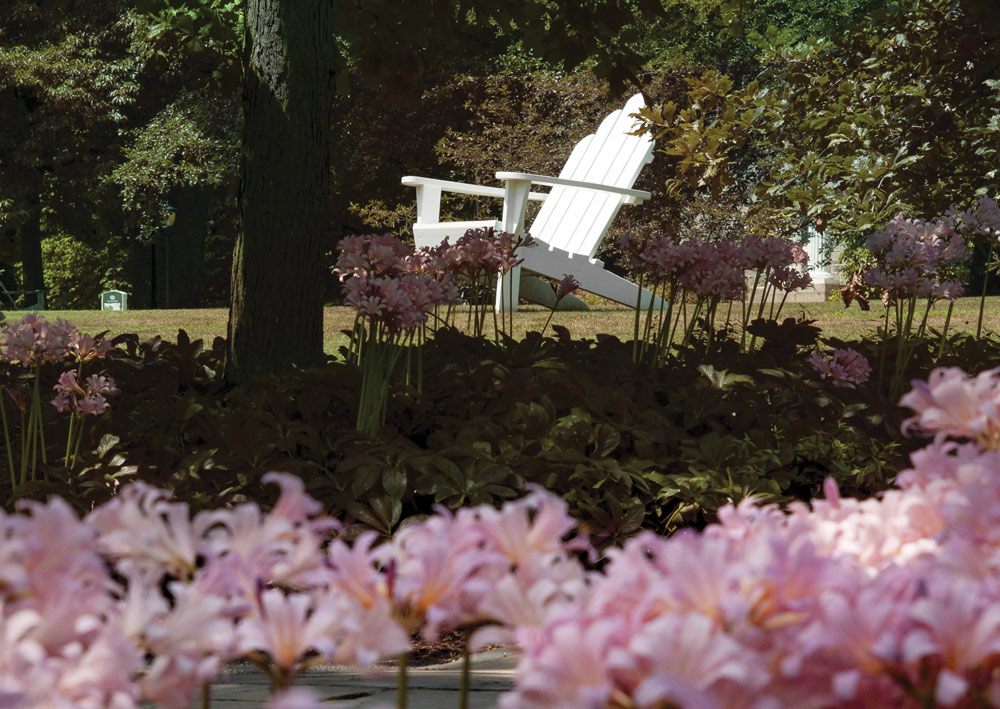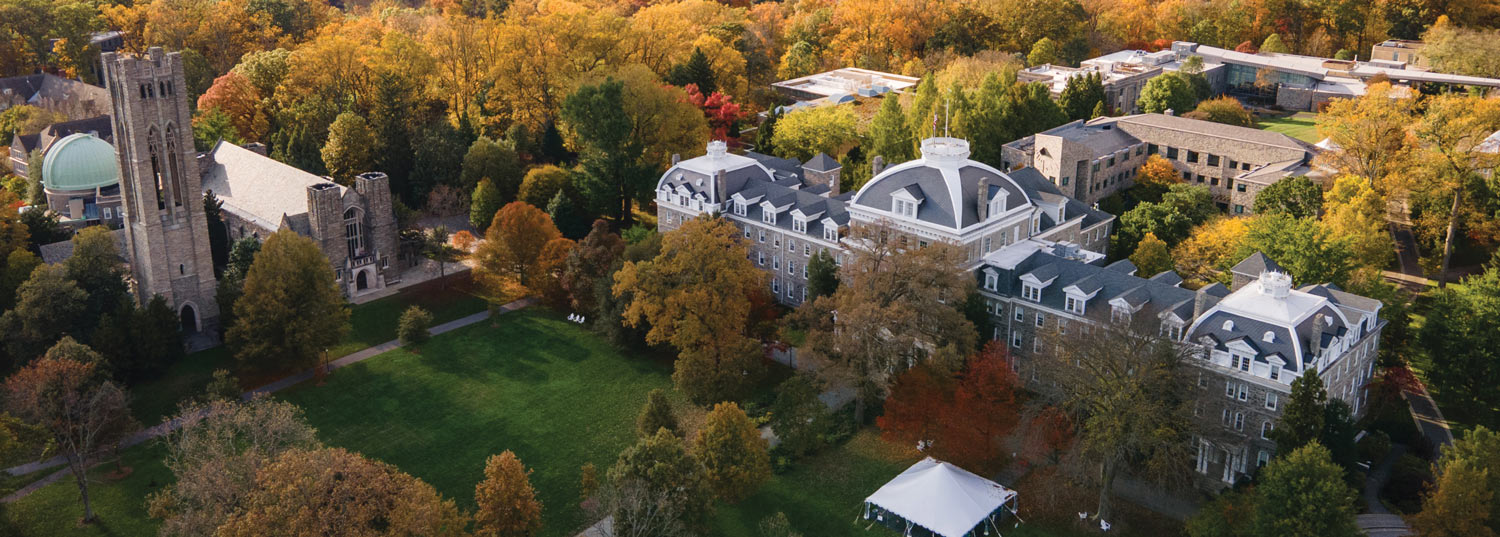Dear Swarthmore Community Members,

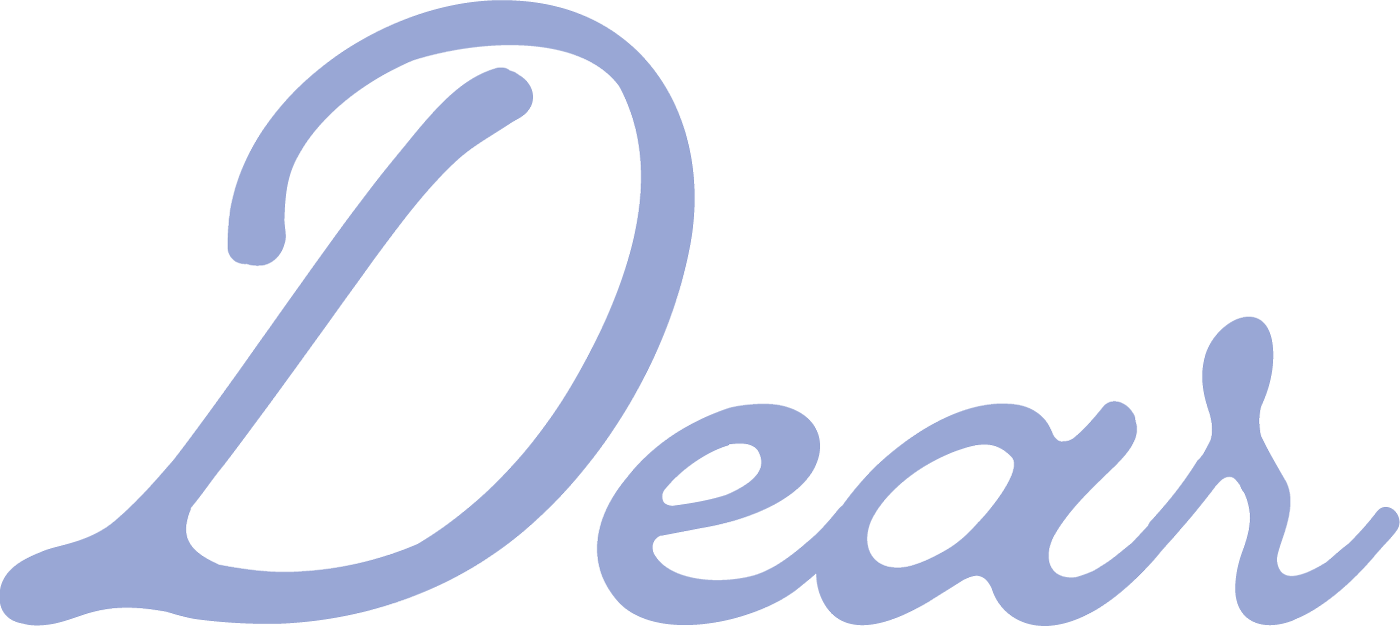

Swarthmore Forward sets forth initiatives that will further enrich our academic offerings; deepen our community connections; and reinforce our commitment to inclusivity, sustainability, and well-being. It is our promise to foster an environment where intellectual curiosity thrives and meaningful connections are nurtured.
Your involvement has been critical to this journey, and your participation was instrumental in shaping a plan that is both ambitious and attainable. As we transition to the implementation phase, your ongoing engagement will be crucial to bringing this plan to life.
In the weeks, months, and, indeed, years ahead, we will provide regular updates on the progress we make toward the goals articulated in the plan, including on the Swarthmore Forward website, which will evolve as our work continues.
Thank you for your dedication and commitment to our mission of ensuring that all who share in our community flourish and contribute to a better world. Together, we will move Swarthmore forward, embracing the challenges and opportunities that lie ahead with confidence in our ability to shape a brighter future for the College and, in turn, for the world around us.
Warm regards,

President

Introduction
This is one of those moments; Swarthmore is poised to forge a path forward.
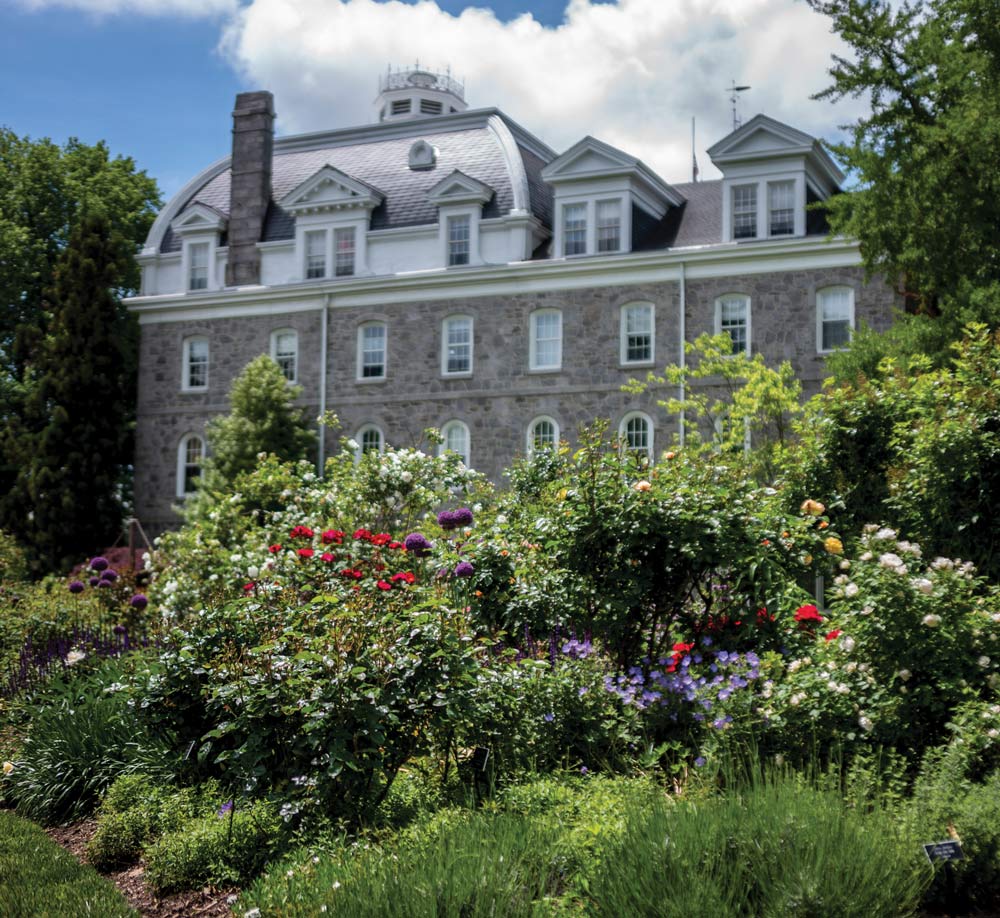
We begin this venture from a position of strength. Swarthmore enjoys a standing as one of the world’s most respected liberal arts colleges, and for good reason: We boast a talented faculty of dedicated teacher-scholars; an intellectually passionate and engaged student body; loyal alumni who have made extraordinary contributions to every field of human endeavor; committed staff members who support all aspects of our residential learning environment; and a beautiful and inspiring campus just miles away from the richly diverse cultural hub of Philadelphia. We also benefit from abundant, carefully stewarded financial resources; we will continue to be judicious and intentional in how we direct those resources to support the priorities within the plan.
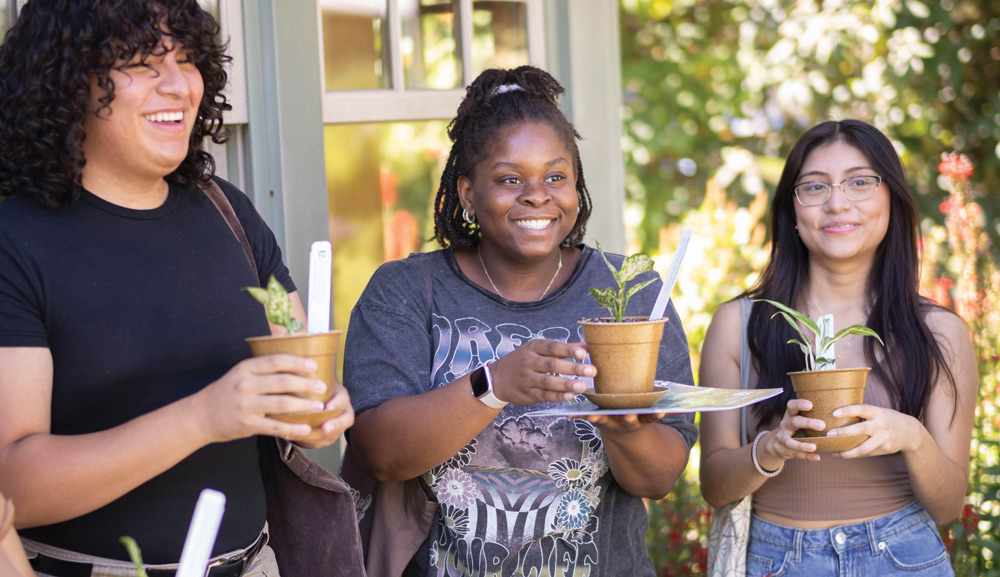
Swarthmore Forward also underscores our steadfast belief in educating the whole student. At a time when students require growing support for mental and emotional health and wellness, this plan emphasizes holistic development, integrating advising and academic excellence with opportunities for personal growth, recreation, civic engagement, and joy. In an effort to connect students’ experiences within and beyond the classroom and to cultivate class unity, we will create a suite of required first-year, first-semester seminars to introduce students to the College and its resources; encourage career exploration throughout all four years of a student’s experience; and find new ways to nurture students’ physical, emotional, and social well-being.
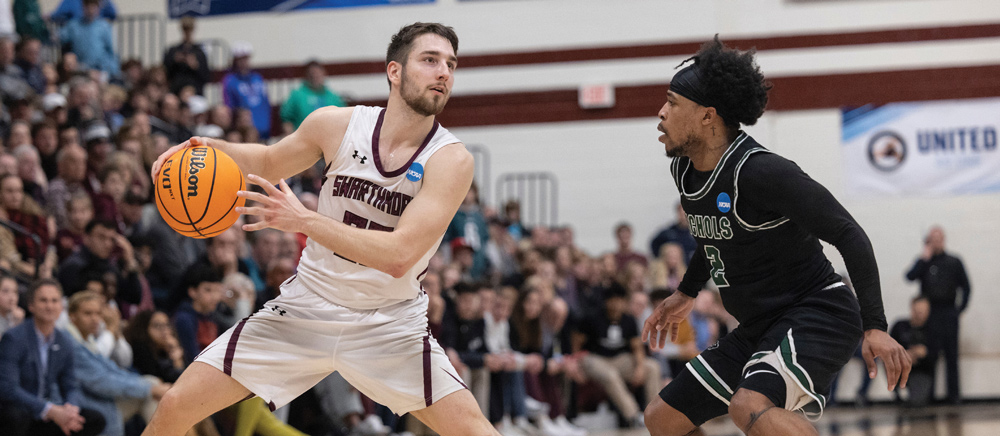
This plan acknowledges that the physical space in which we learn and grow is critical to our ability to live fully into our values. It includes the continued renewal and reimagining of our campus infrastructure to align with and support our strategic goals. Doing so involves creating spaces that foster health, wellness, and community engagement alongside investing in a sustainable and technologically advanced infrastructure. These physical transformations will include completing our commitment to zero carbon emissions, significant investment in our Athletics and wellness facilities, and other initiatives spawned by a master plan for the College. They are symbolic of our broader commitment to a future that is sustainable in every sense — environmentally, socially, and financially.
Swarthmore Forward offers a vision of a future where our community members thrive, where our values are lived, and where our impact is felt far beyond the boundaries of our campus. Let us embrace this moment with optimism, courage, and a shared sense of purpose.

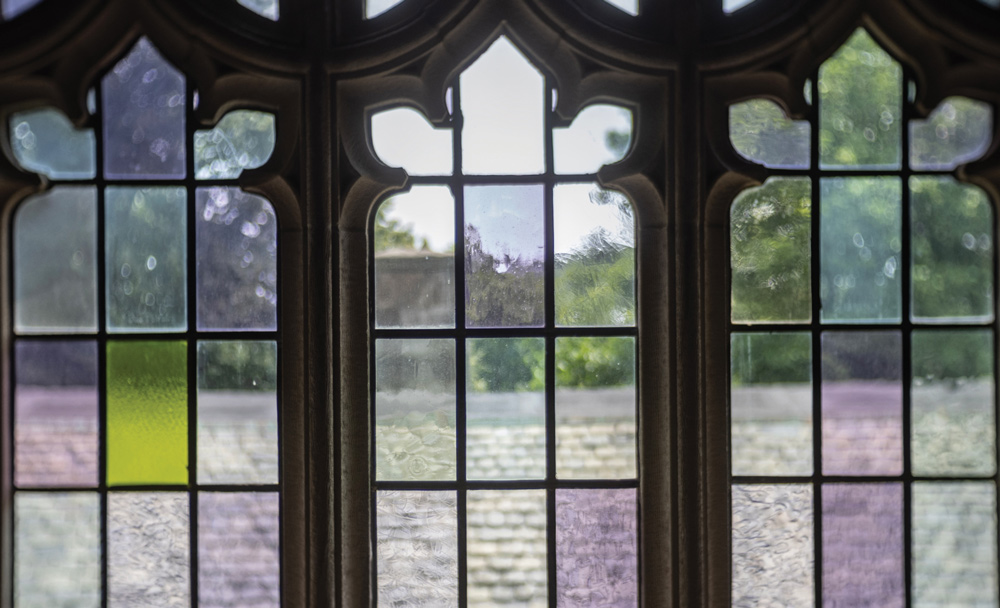
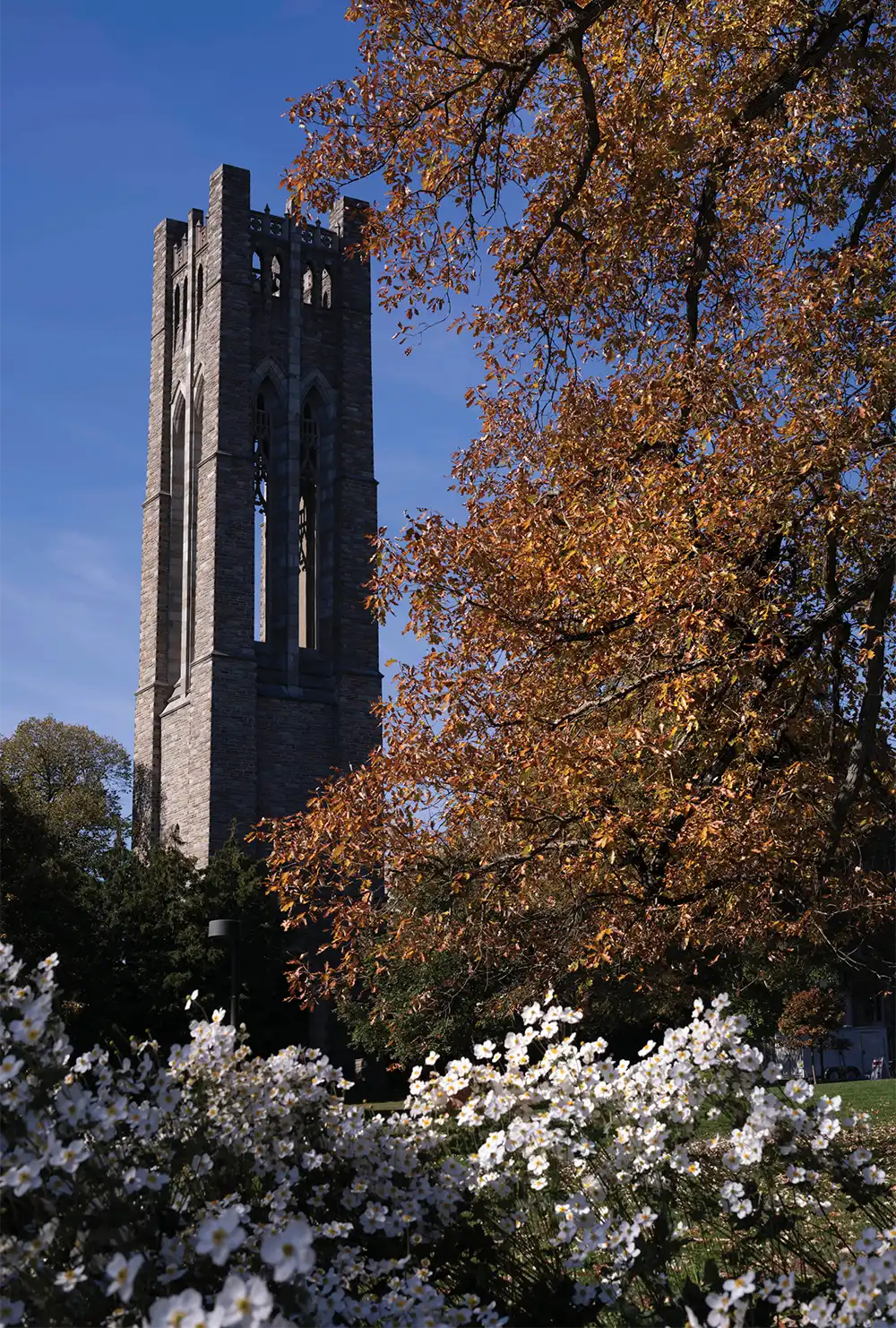
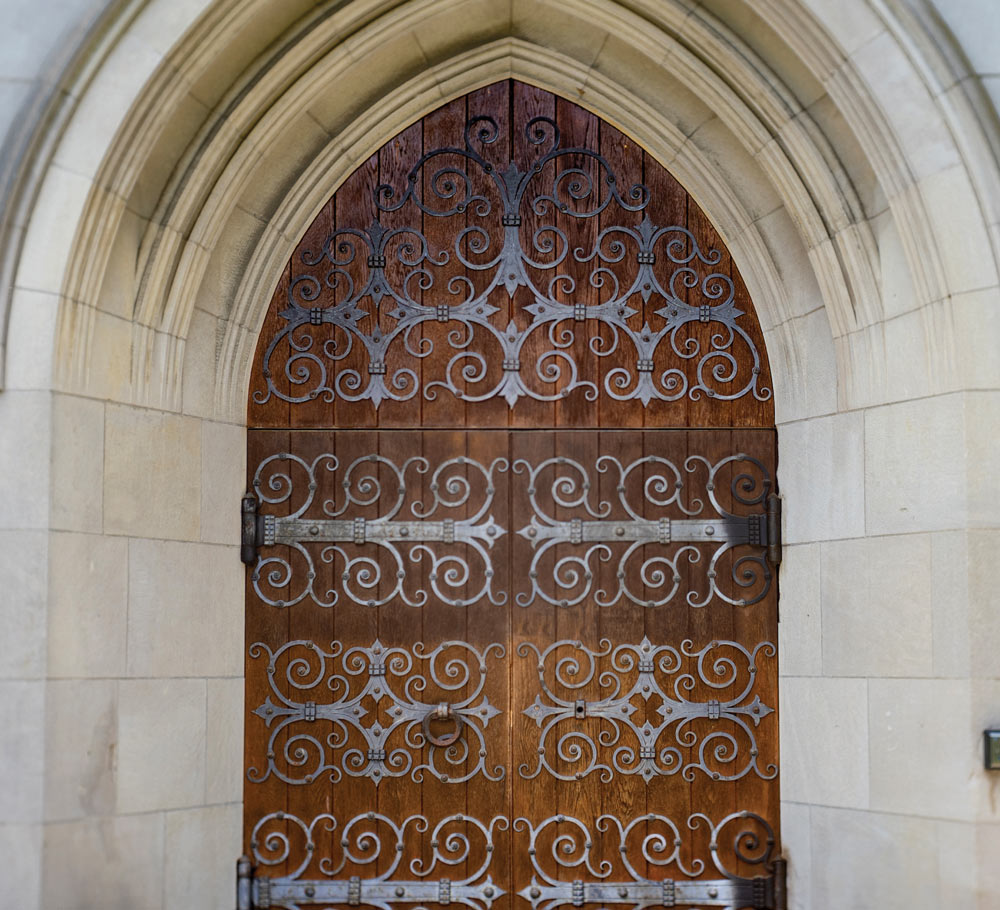


Goal 1: Enhance the Swarthmore liberal arts education for the 21st century.
Goal 2: Educate the whole student.
Goal 3: Create a community prepared for life in a multiracial, multicultural democracy and the world.
Goal 4: Renew our campus infrastructure to achieve our strategic goals.
Enhance the Swarthmore liberal arts education for the 21st century.
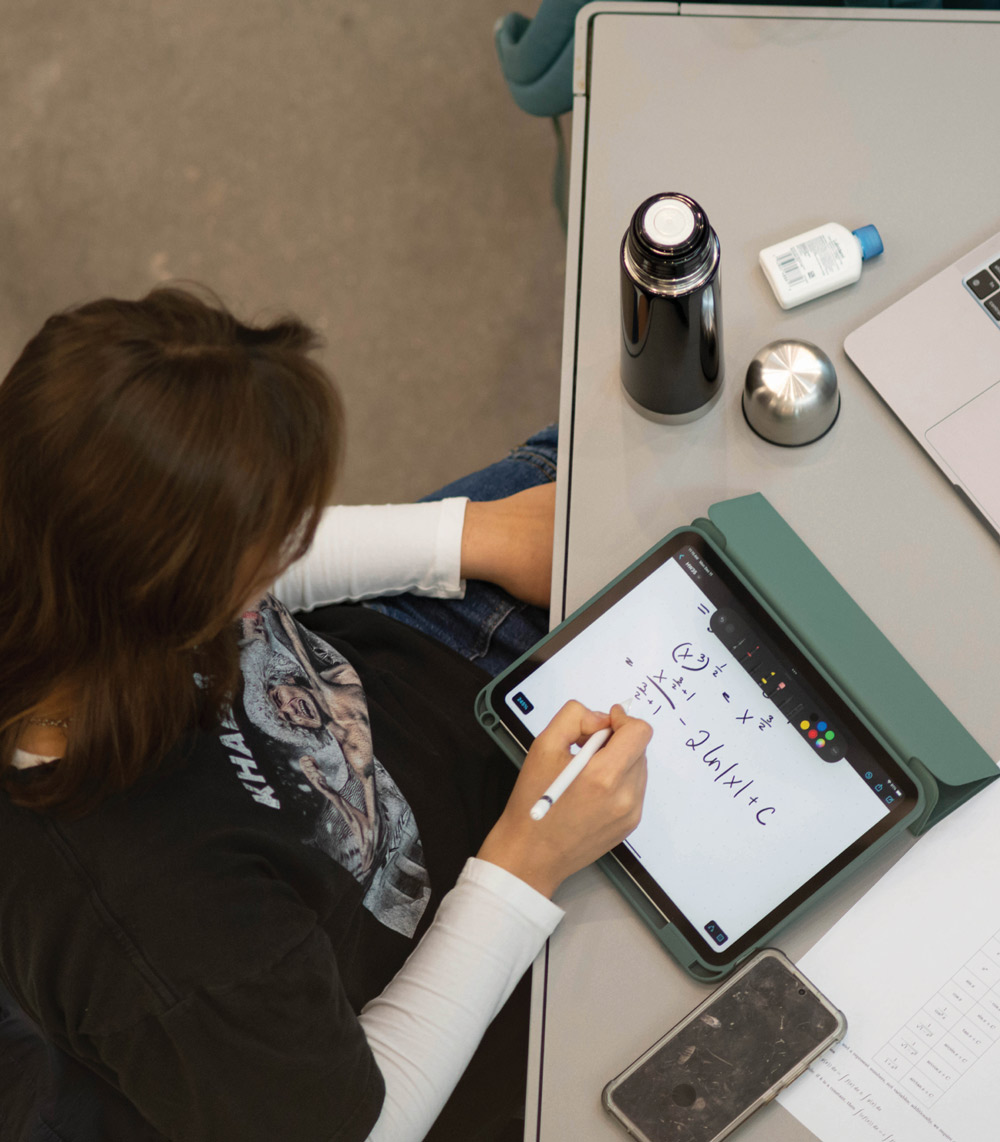
This plan proposes a review of the curriculum, an expansion of the faculty in accordance with strategic priorities, access to experiential learning opportunities for all students, and greater investment in our teaching and learning resources.
Conduct a review of the curriculum by Spring 2025, with recommendations for an updated curriculum implemented by Fall 2027.
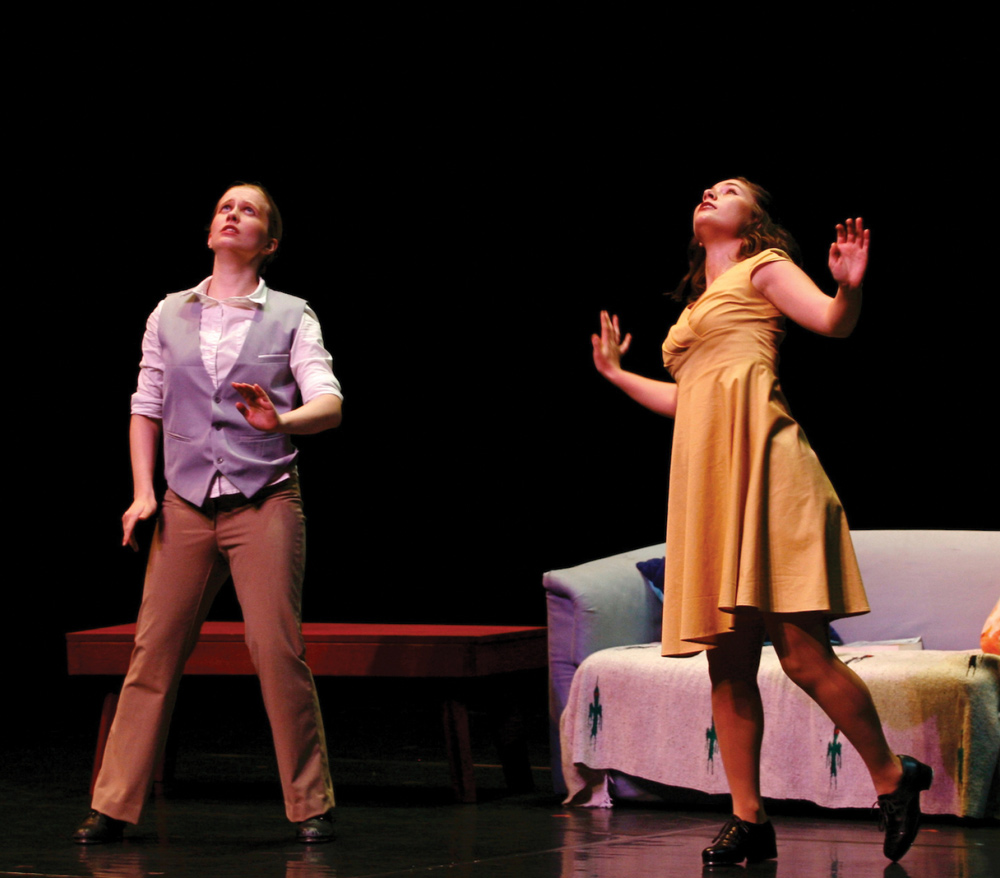
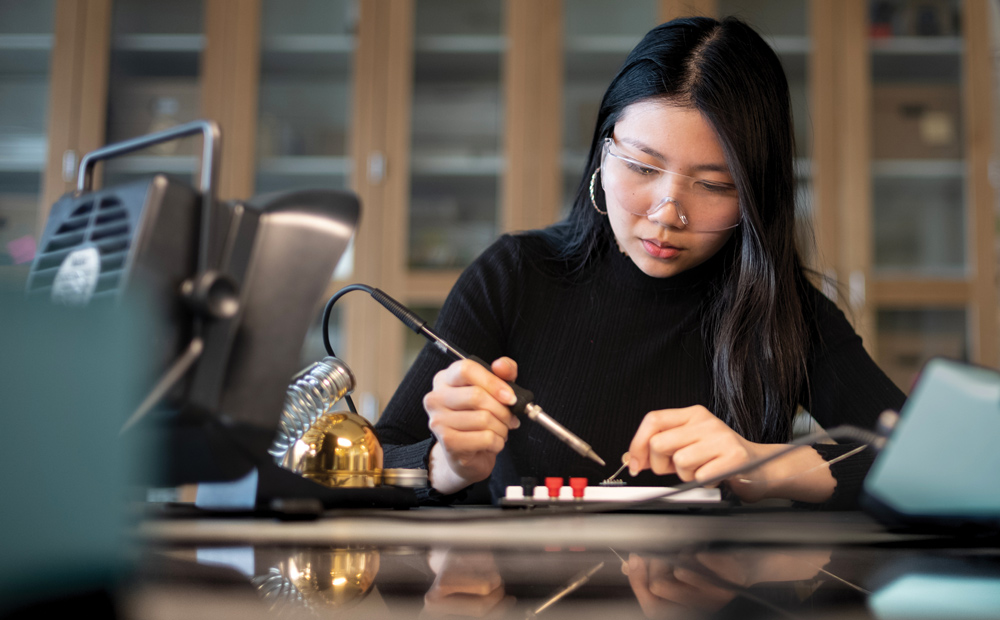
- Ensure that students engage with the breadth of curricular offerings and benefit from the value of studying the arts and humanities, social sciences, natural sciences and engineering, and interdisciplinary studies.
- Develop expertise in digital and computational literacy across the curriculum.
- Evaluate the College’s writing requirement and the teaching of expository writing and related genres.
- Consider whether the College’s language requirements adequately prepare our students to navigate the global environment they inhabit now and will enter more fully after graduation.
- Build the capacity of the Teaching and Learning Commons, the Office of Global Engagement, and the Office of Sustainability to support the curriculum’s goals.
- Revise the Honors Program to retain its distinctive association with intellectual rigor while ensuring its continued success.
Strengthen interdisciplinary teaching and research.
Over the years, Swarthmore has created numerous interdisciplinary programs which have evolved differently over time. This plan proposes a multifaceted approach to strengthening interdisciplinarity at Swarthmore in acknowledgment of the different goals of various initiatives.
- Expand interdisciplinary teaching through a “Seeds of Change” initiative, which will support periods of collaborative study and course preparation among groups of two or more faculty from different departments.
- Support interdisciplinary teaching approaches to the innovative, creative, and ethical uses and regulation of technology, such as artificial intelligence and data science, by creating the Arts, Culture, Technology, and Society (ACTS) initiative.
- Strengthen select existing interdisciplinary programs, such as Black Studies and Environmental Studies, to support their goal of becoming new academic departments. Explore the growth of Native and Indigenous Studies as an area of focus in Environmental Studies, to complement existing faculty and student interest and to acknowledge the centrality of Indigenous nations to land management, the preservation of biodiversity, and the mitigation of climate change.
Invest in the faculty to sustain and enhance the College’s reputation for academic excellence.
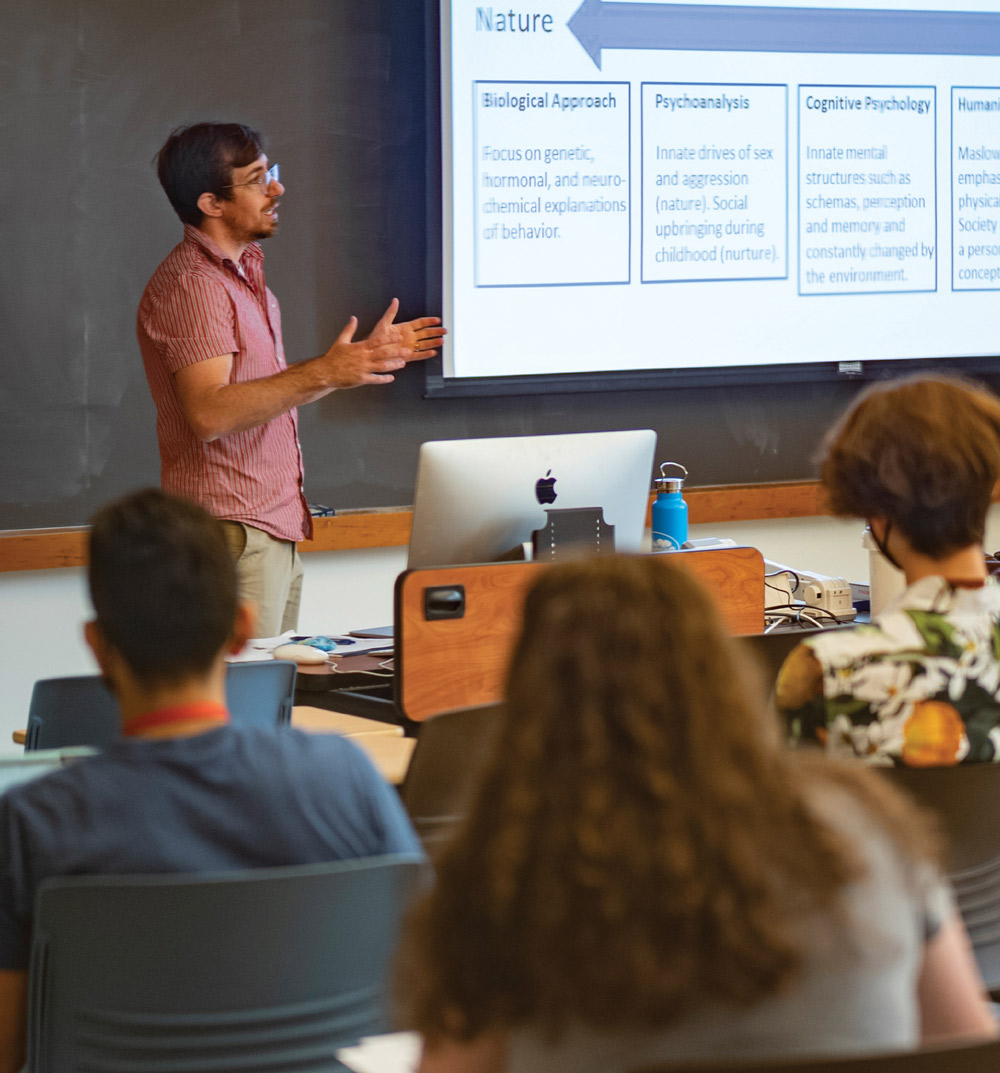
To retain and build on the College’s reputation for academic excellence and the transformative experiences of previous generations of students, we must invest in the faculty. We will build the capacity of our faculty to provide the close-knit intellectual engagement that characterizes the academic community, and we will examine and rebalance the proportion of visiting faculty to tenure-track faculty.
- Increase the size of the permanent faculty, with a first phase of 10 tenure lines to meet existing needs and new initiatives. Subsequently, align existing and additional faculty capacity with the framework provided by the curriculum review.
- Strengthen opportunities to reinforce faculty research by increasing the number of second-semester leaves the College makes available to support sabbaticals.
- Promote connection, production, and dissemination of the faculty’s scholarship and creative work.
Connect students’ academic experiences to real-world problems and expand the impact of a Swarthmore education.
- Invest in and develop curricular/co-curricular collaborations similar to the President’s Sustainability Research Fellows and Inclusive Excellence Fellows programs, allowing students to apply what they are learning to projects that affect the College and surrounding areas and acquire skills such as developing ideas, collaborating with peers, managing a project, and communicating findings to an audience of specialists and non-specialists alike.
- Create residential academic programs with internship components in other cities, both within the United States and across the globe.
- Provide all Swarthmore students with a funded beyond-the-classroom experience, such as an internship, summer research project, academic year abroad, or summer study abroad opportunity. (See the “Swarthmore Promise” below.)



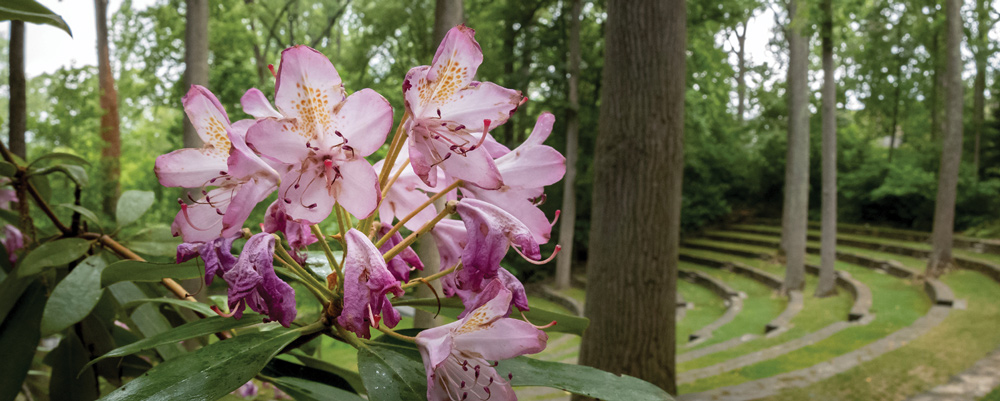
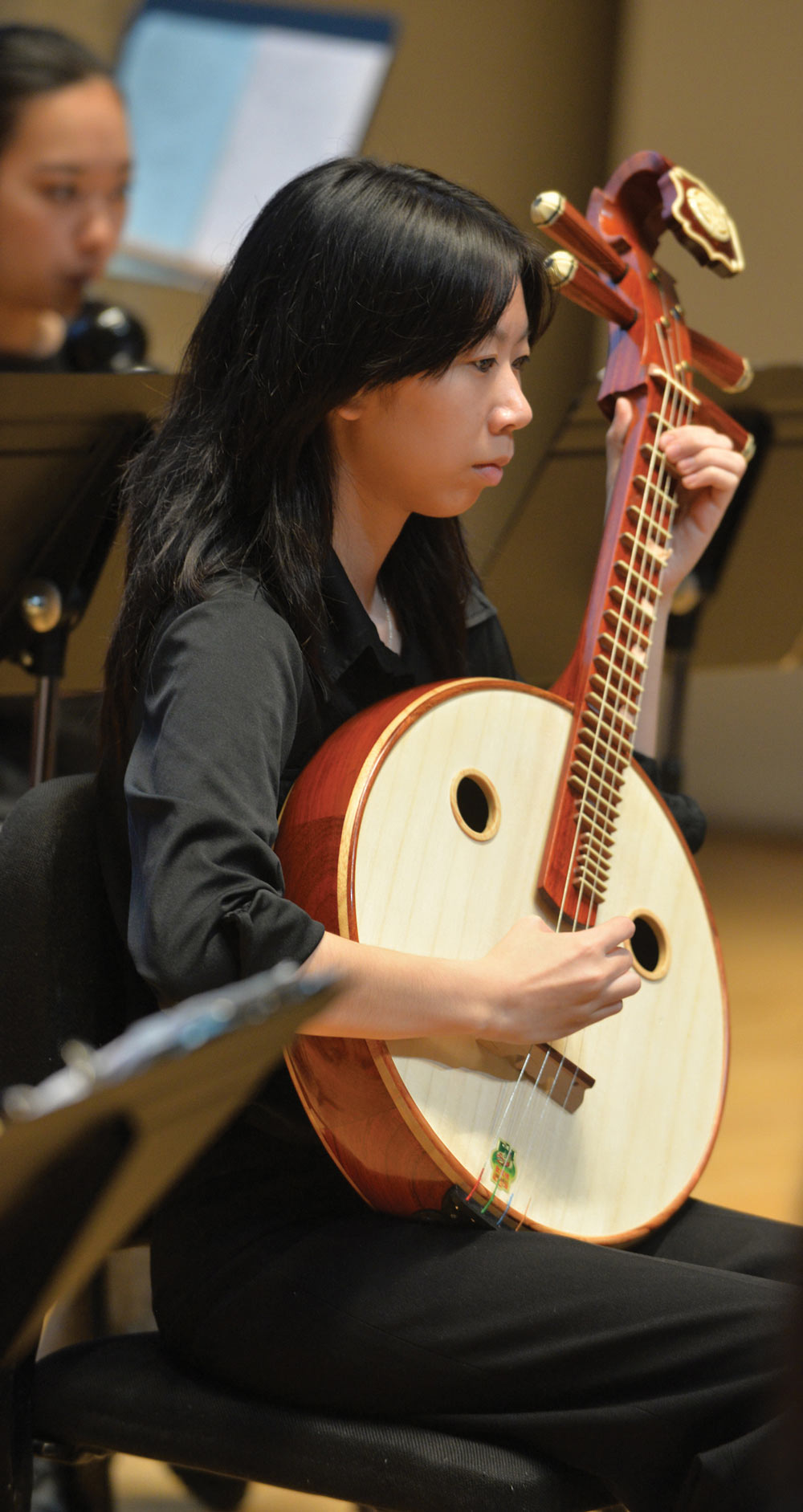





Educate the whole student.
Develop skills that will support students’ individual growth, ability to live well in community with others, and capacity to create change in the world.
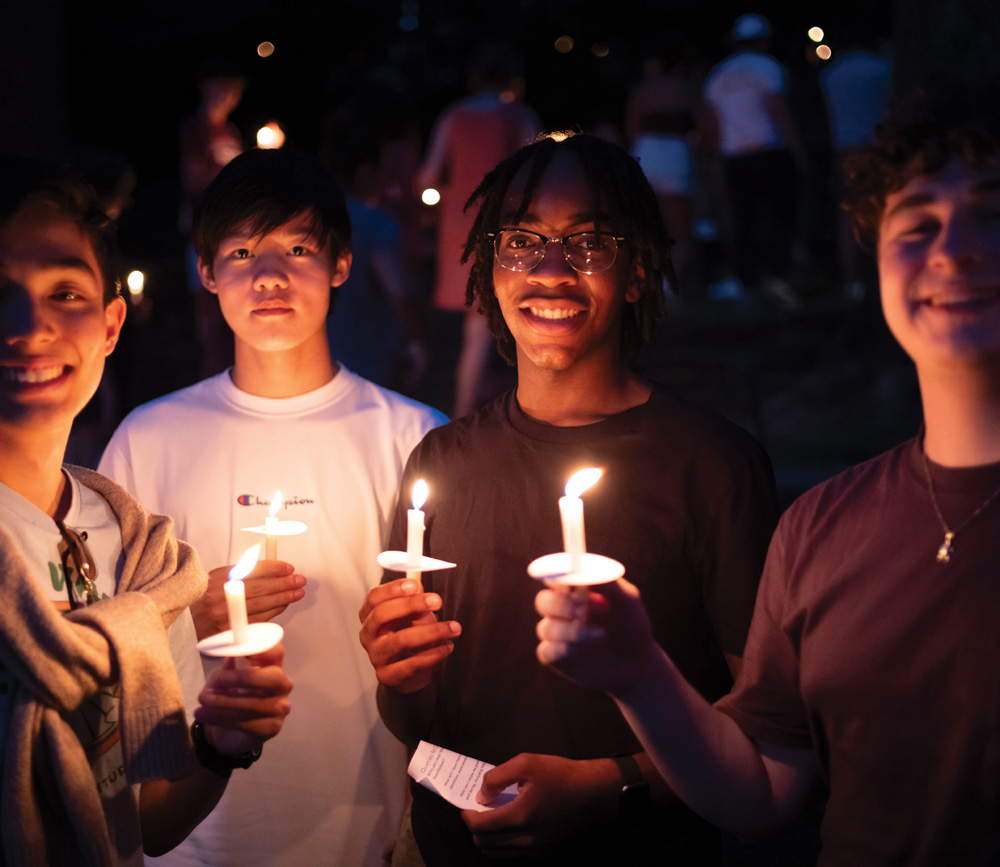

- Reimagine the first-year experience in a way that extends the core principles of orientation — such as adaptability, self-care, and reflection — throughout the year.
- Consider creating a required first-semester, first-year seminar that introduces students to the College; strengthens first-year advising; provides guidance on navigating curricular opportunities, locating available resources, and connecting with campus community members; and creates a cohort of the whole among first-year students. Taught by members of the faculty, these seminars would also engage members of staff as mentors and campus partners.
- Foster skills such as cultivating meaningful relationships, active listening, embracing differences, and engaging meaningfully with those with differing viewpoints and perspectives.
- Provide opportunities to learn about our individual, community, and global impacts, including strategies for living responsibly and sustainably.
Integrate advising that connects students’ curricular and co-curricular experiences.
- Expand the advising role in partnership with the faculty to engage multiple offices and channels and connect inside and beyond the classroom experiences.
- Integrate career development into the Swarthmore experience through early engagement, competency development, and purposeful employer connections.
- Prepare students to reflect on and present their learning outcomes effectively.
Build a community prepared for life in a multiracial, multicultural democracy and the world.
To realize these “highest ideals,” we must reimagine what it means to live in community, and we must encourage new pathways to and through Swarthmore for all. We must also commit to an expansive view for students, faculty, and staff of well-being, broadly conceived as support for physical, mental, and emotional health; work-life balance; social life; and a greater sense of inclusion, trust, and belonging. Such a commitment will strengthen a more sustainable community where individuals and groups from disparate backgrounds and views find space for rest, reflection, joy, and flourishing.
Prioritize the continued development of a diverse, equitable, and inclusive community.
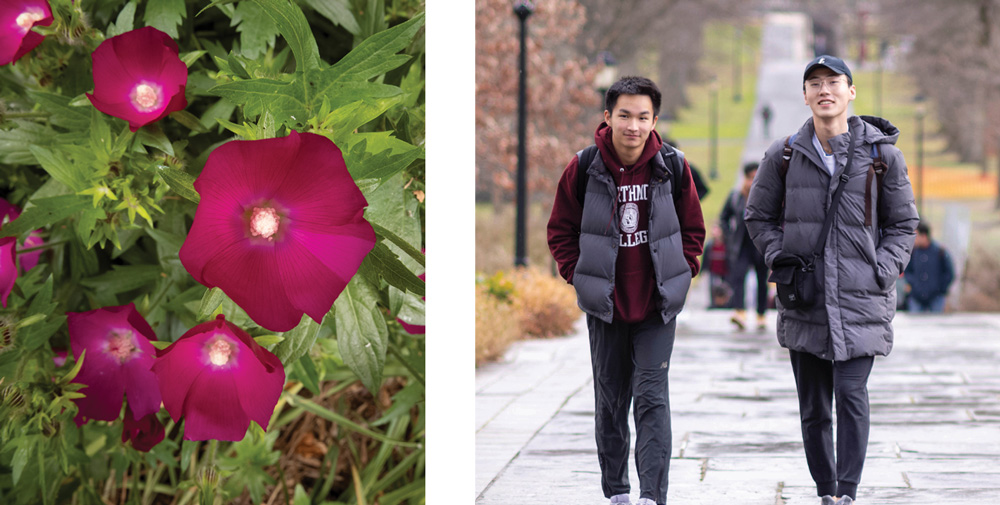
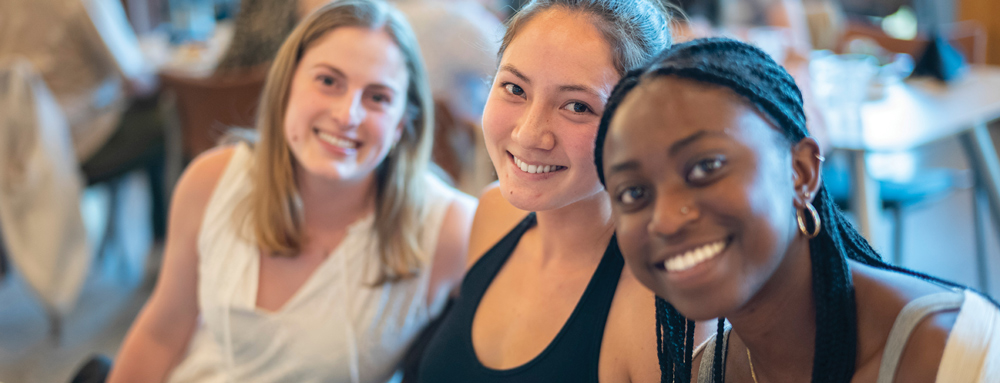
- Establish the Office of Diversity, Equity, and Inclusion to develop a strategic vision of inclusive excellence for the College. Foster competencies necessary for productive, respectful communication across diverse viewpoints and experiences under the auspices of the new vice president for diversity, equity, and inclusion and in collaboration with campus partners.
- Establish a College-sponsored gap year for a cohort of newly admitted students, fostering greater experiential diversity within the student body and the College community.
- Admit an annual cohort of up to 20-25 transfer students from community colleges while maintaining the current size of the student body. Provide appropriate resources so these students receive the academic and social support they need to thrive.
- Ensure that the centers that serve our diverse community receive appropriate levels of resources. Develop greater collaboration between these centers and relevant academic programs.
- Build opportunities to support staff that foster better integration and engagement in the community, such as recognizing multiple forms of expertise and growing pathways for mentoring and professional development.
- Enhance and promote programs such as Learning for Life to strengthen relationships between staff and students on subjects of mutual interest.
- Institute common readings and other collective activities to connect students, faculty, and staff in shared learning.
- Invest in our civic partnerships with Chester and the surrounding communities, including the Chester Children’s Chorus.
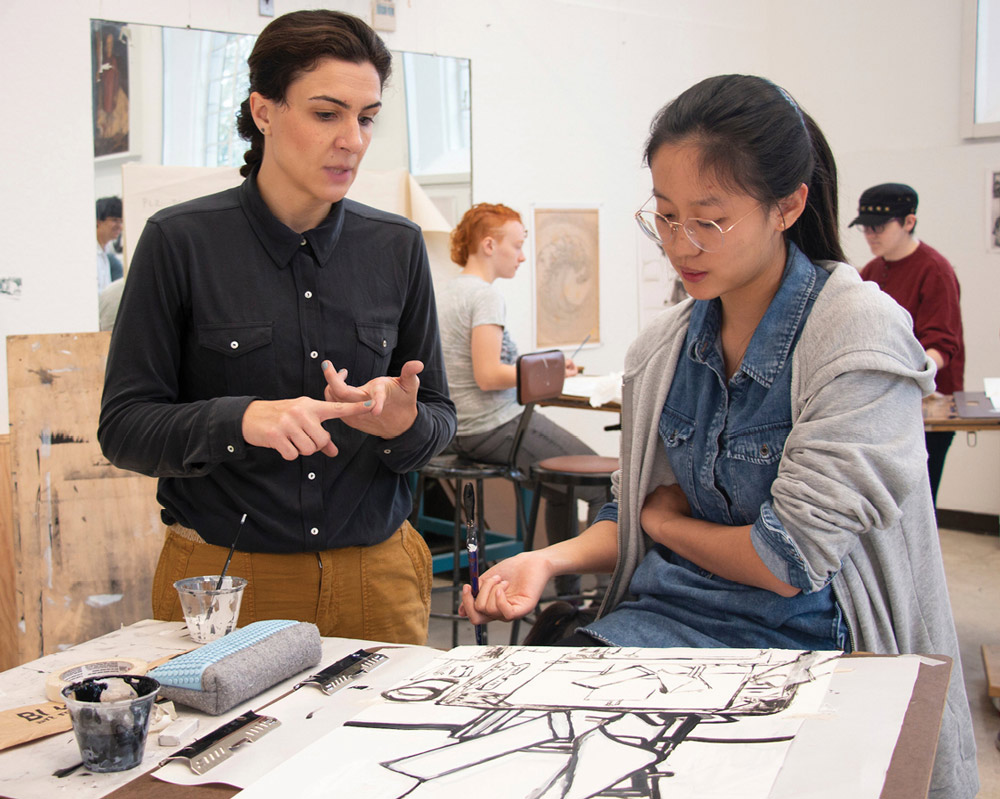

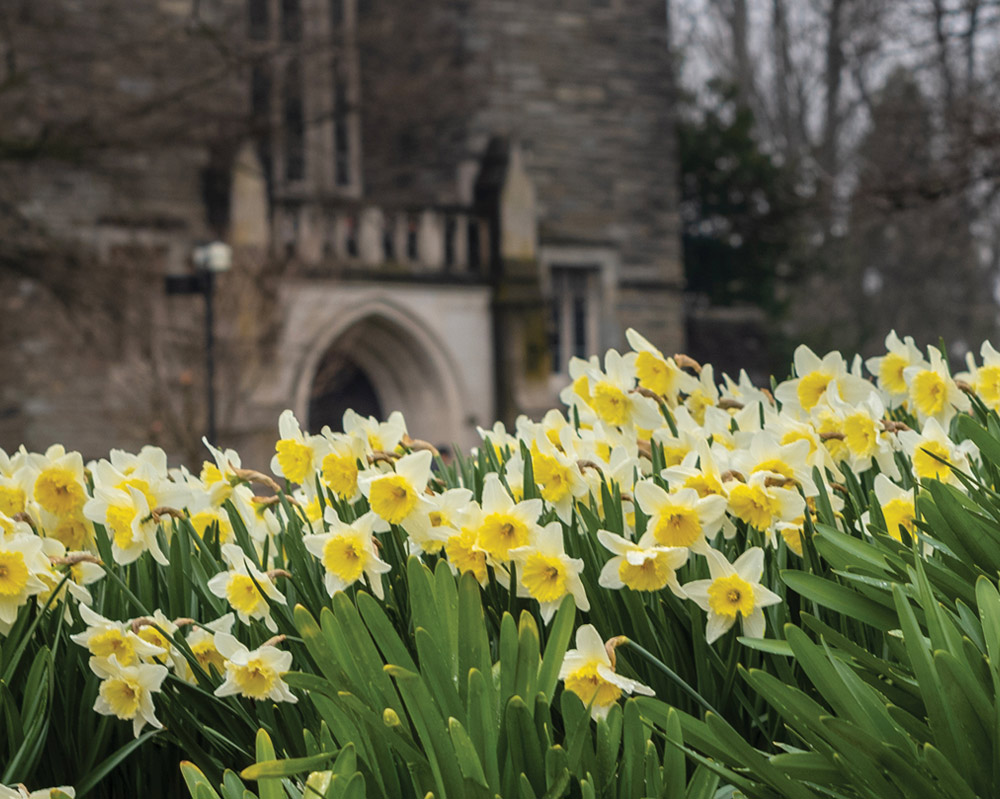
Adopt the Swarthmore Promise, which provides all students equitable access to on- and off-campus resources.
- Ensure that every student is able to participate in an internship, a research opportunity, or a civic engagement, study abroad, or other high-impact experience during or between semesters by the time they graduate by addressing financial and other barriers that might limit exploration and experiential learning options. Support all students in connecting these curricular and co-curricular experiences with career opportunities.
- Remove financial and other barriers that limit exploration and experiential learning opportunities so that every student can participate in an internship, research opportunity, civic engagement, study abroad, or other high-impact experiences by the time they graduate.
- Promote a culture of career exploration and preparedness for all students by reviewing and revising, as needed, options for career-connected learning.
Prioritize community health and well-being.
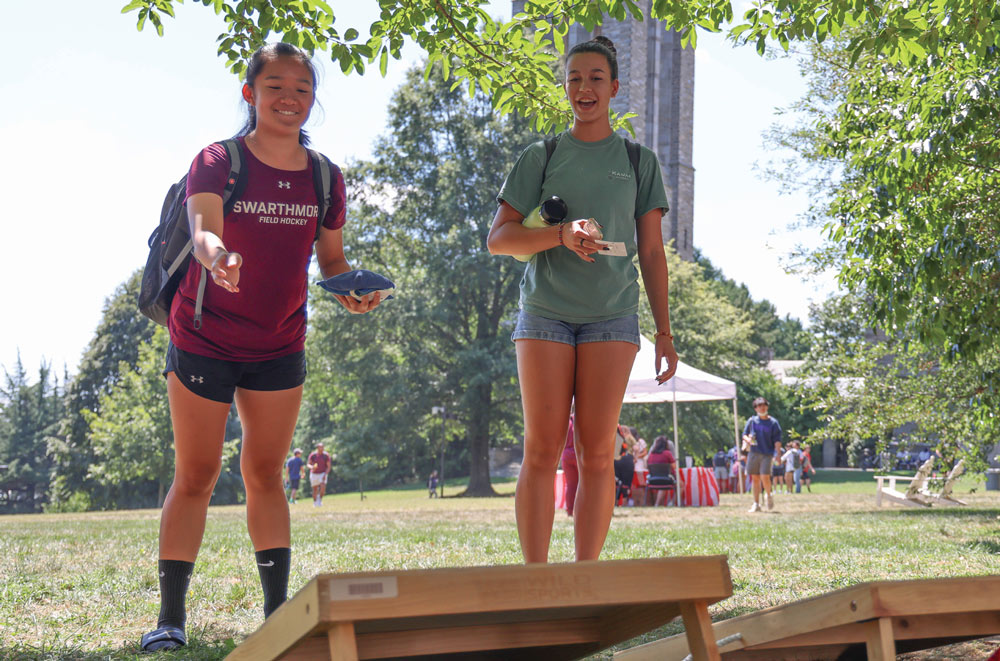
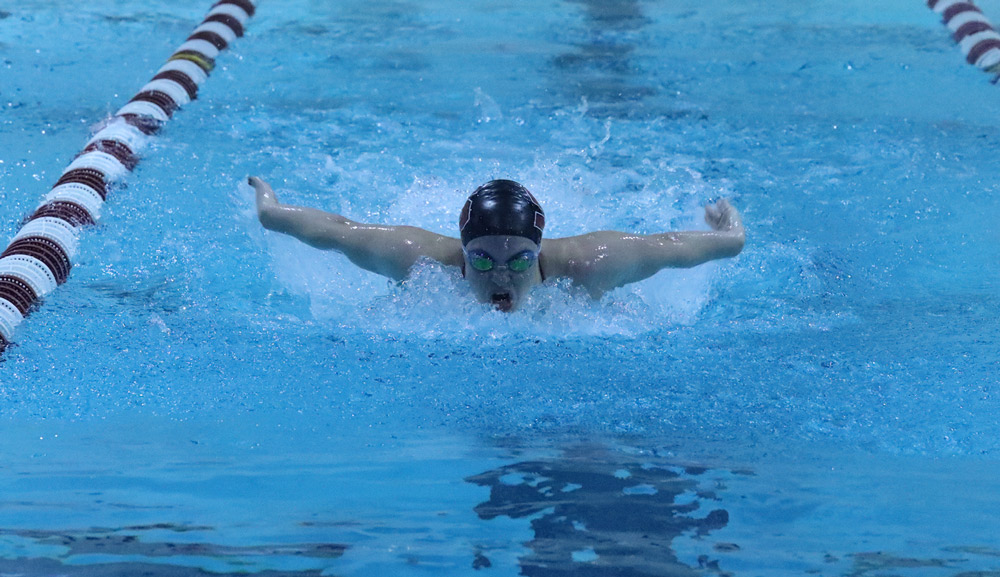
- Review and develop policies and practices that advocate for and prioritize a campuswide culture of health and wellness, building on initiatives such as the Swarthmore Coalition on Well-Being, BeWell, and Garnet Day.
- Dedicate spaces in renovated Athletics facilities and elsewhere on campus to support health and wellness opportunities for all campus community members.
- Manage central calendar, scheduling, and communication to promote work-life balance for faculty, staff, and students.
- Develop community-building and mentoring opportunities for faculty, staff, and students across extra-curricular interests, clubs, and associations.
- Explore the possibility of providing child care services on campus.
Articulate the core values that define the Swarthmore community.
- Create guiding principles for how all community members learn, teach, live, and work together, focusing on honesty, mutual respect, collegiality, collaboration, and acceptance of diverse perspectives.
- Review governance practices and protocols to clarify decision-making among and between faculty, staff, and students.
- Clearly communicate our community’s fundamental values and incorporate them into our physical plant and digital presence.
Renew our campus infrastructure to achieve our strategic goals.

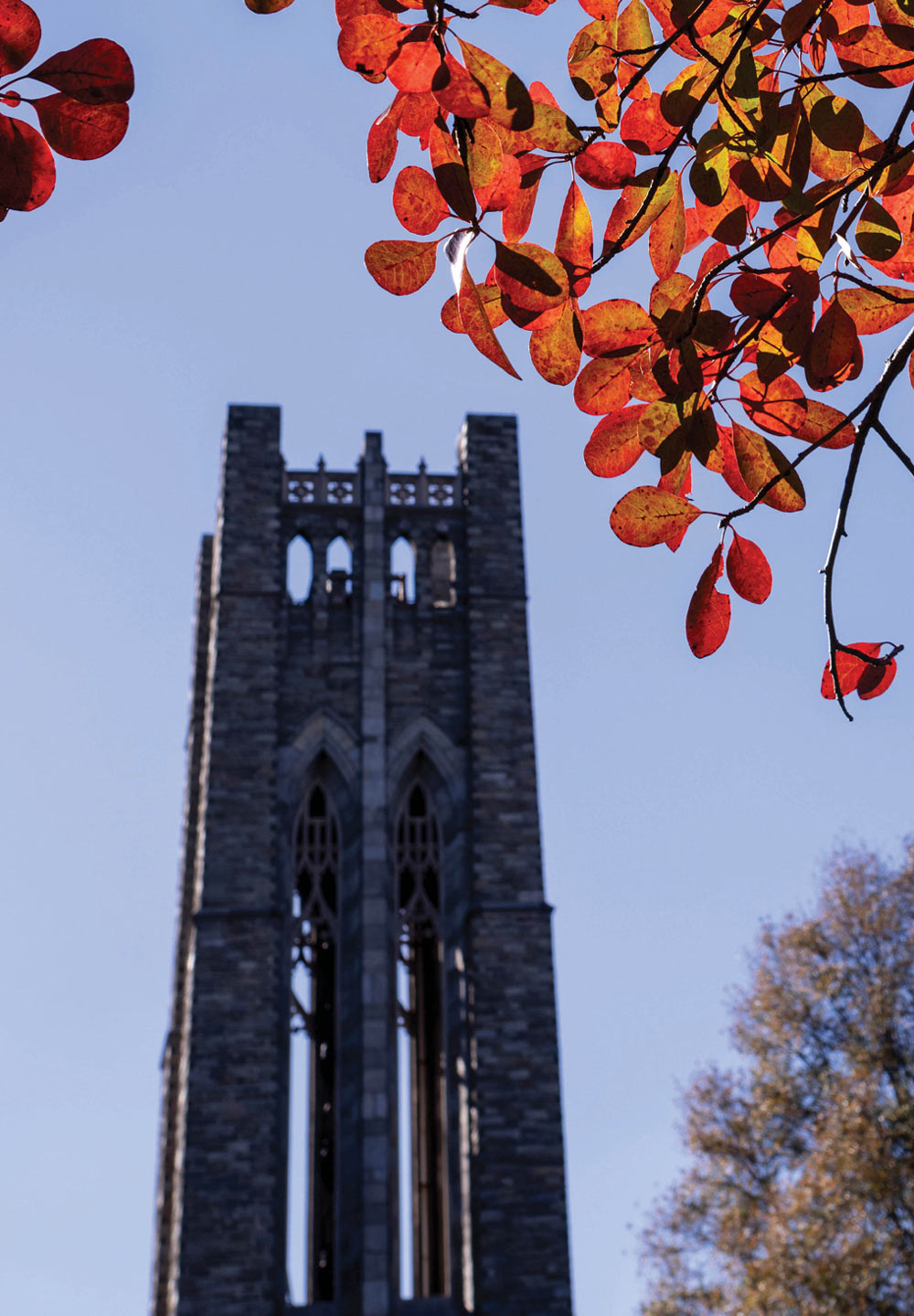

Renew the campus’ physical infrastructure to ensure buildings and systems support the College’s strategic vision.
- Complete the To Zero By Thirty-Five energy program and Zero Waste Plan to realize our carbon-neutral future.
- Upgrade campus facilities and living spaces to improve the quality of existing buildings, extend their life, and create environments that promote teaching and learning, health, wellness, sustainability, and community.
- Complete the renovation of Martin Hall as the new home for the Computer Science Department and the Film & Media Studies Department, creating a state-of-the-art media center, screening room, teaching labs, film production studio, and other spaces, allowing for new programming and interdisciplinary connections between students, faculty, and staff members.
- Replace the Lamb-Miller Field House and upgrade Cunningham Fields to accommodate varsity sports and opportunities for well-being for all community members.
Undertake a comprehensive facilities campus master plan.

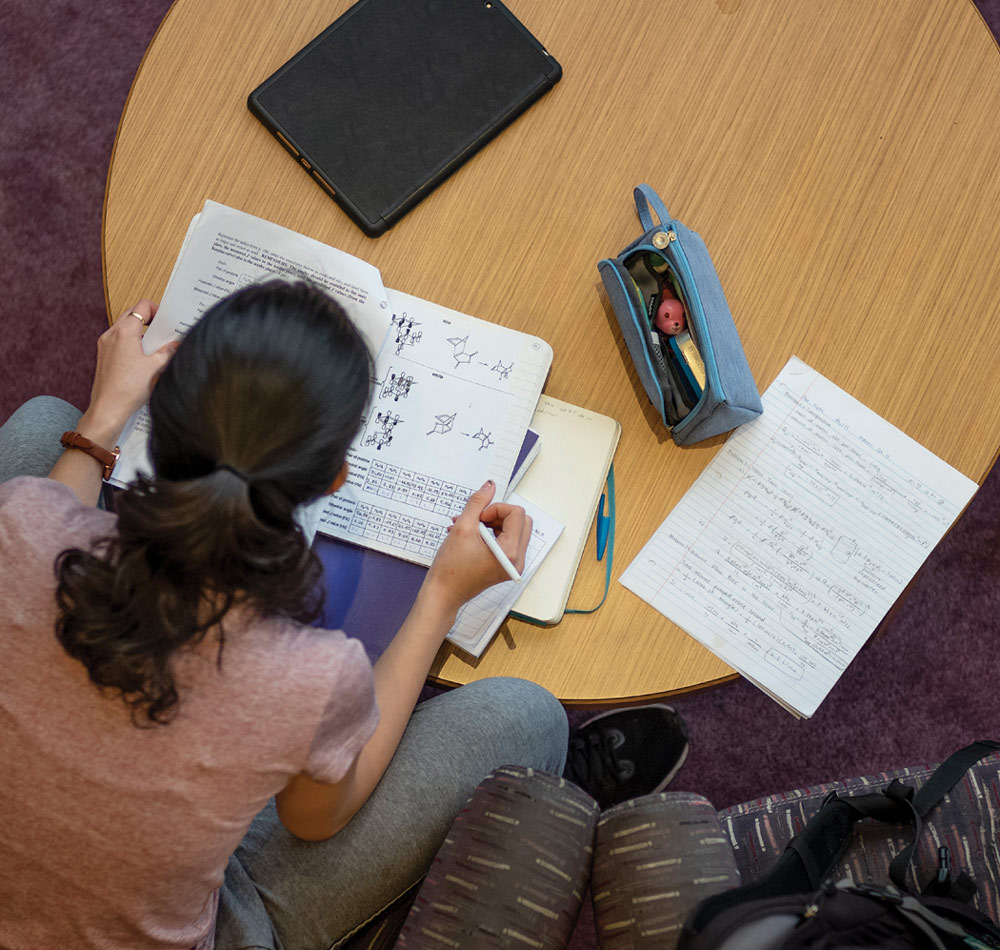
- Understand how to use all of our spaces on campus more efficiently,
- Guiding enhancements to facilities for performing arts, a reimagined McCabe Library and Clothier Hall, and residence halls improvements,
- Explore and expand child care options for our campus community members.
We will realize our strategic vision in the next decade when we complete, or are on the path to completing, these key capital projects and can intentionally implement a more efficient use of all campus buildings.
Transforming a strategic vision into reality requires resources. The strategic plan is a healthy mix of visionary thinking about how to best position our community to be effective in the world in which we live, proposed programs we plan to undertake to meet our goals, and the consolidation and alignment of existing programs. Our vision will require a combination of reorganization and reprioritization of existing programming; a commitment of new funds in our budget; a focused, intentional fundraising effort to fund key initiatives; and intentional financial planning that balances the day-to-day pressures we face with the need to evolve into the future.
While we have outlined ambitious plans, we do so with an eye toward affordability and financial sustainability. Some initiatives critical to our vision are ongoing (such as the Textbook Affordability Program and the SEPTA Key Access Program) and will not require additional resources. Other initiatives are enhancements of existing programs. For example, many students have access to an experiential opportunity at Swarthmore; however, some students do not take advantage of these programs for various reasons, including barriers to funding. Our vision is to expand these opportunities so that every Swarthmore student has a chance to connect their academic program to real-world problems and applications.
Finally, several initiatives will require additional resources, such as instituting a College-sponsored gap-year program for newly admitted students, establishing Swarthmore programs in other cities, and adding new tenure-track faculty. As we enter the implementation phase of the strategic planning process, we will evaluate the cost of implementing new or expanding existing programs and initiatives and determine the best financing mechanism to achieve our goals.
The plan articulates a bold vision of our future together. It imagines a Swarthmore rooted in our traditions and strengthened by our investment in infrastructure — both literal and metaphorical — allowing for the ongoing and continuous development of initiatives and programs necessary for us to live more purposefully into our mission. As we forge our path forward, it provides a road map to a stronger Swarthmore, unwavering in our commitment to empowering all who share in our community to flourish and contribute to a better world.


Process
President Smith invited a wide range of diverse community members, including faculty, staff, students, and members of the Board of Managers, to join three working groups charged with producing recommendations based on various factors. Their work included a review of current College practices and policies, engagement with the campus community, analysis of practices and innovations across and beyond the landscape of higher education, as well as other considerations.
Working Group 1: The Future of the Curriculum and Pedagogical Practices
Working Group 2: The Student Experience Within and Beyond the Classroom
Working Group 3: Leadership in a Multiracial Democracy and the World
Each group integrated into its work three cross-cutting themes and commitments foundational to the College’s mission:
- Diversity, Equity, and Inclusion
- Sustainability (in all forms)
- Community Cohesion
Community consultations took place from September 2022 to May 2023, including community pop-ups, student and faculty surveys, over 30 focus group-style community conversations, SwatCircle workshops with centers and offices on campus, guest workshops, and a full faculty retreat to discuss core curricular and pedagogical considerations.
Throughout May and early June 2023, the working group co-chairs wove the groups’ individual interim reports into a joint report. The report proposed eight strategic priorities:
- Investing in the Faculty
- Liberal Arts Approach to Technology and Data Science
- Strengthening High-Impact Educational Experiences
- Reimagining the First-Year Experience
- Community Cohesion and Well-Being
- Educating the Whole Student
- Advancing Racial Justice and Social Equity
- Global Engagement
During the summer and early fall, President Smith, in collaboration with a subset of senior staff and steering committee members, distilled the work into a draft of the final plan. She then shared the draft with the campus community and provided opportunities for representatives of constituent groups to provide feedback both in writing and in 13 in-person sessions.
Steering Committee and President’s Staff**
President
Tobin Adams
Assistant Director of Athletics for Internal Operations
Ben Berger
Executive Director of the Lang Center for Civic & Social Responsibility; Associate Professor of Political Science
Gregory Brown**
Vice President for Finance and Administration
Rachel Buurma ’99
Co-Director of The Aydelotte Foundation; Associate Professor of English
Denise Crossan
Director of Community and Strategic Initiatives; Director of the Social Innovation Lab
Erin Brownlee Dell**
Chief of Staff and Secretary of the College
Elizabeth Drake
Director of Sustainability
Andy Feick
Associate Vice President for Sustainable Facilities Operation and Capital Planning
Alisa Giardinelli
Assistant Vice President for Communications
Robert Goldberg**
Vice President for Finance and Administration
Andy Hirsch**
Vice President for Communications
Provost and Dean of the Faculty; Professor of Sociology and Black Studies
Corey Mulloy ’94
Board of Managers
Stephen O’Connell
Gil and Frank Mustin Professor of Economics
Tomoko Sakomura**
Interim Vice President for Student Affairs; Dean of Students; Professor of Art History
Anne Schuchat ’80 H’05
Board of Managers
Robin Huntington Shores**
Assistant Vice President for Institutional Effectiveness; Assistant Secretary of the College
Ameet Soni
Associate Dean of the Faculty for Diversity, Recruitment, and Retention; Associate Professor of Computer Science
Jim Terhune**
Vice President for Student Affairs
Tiffany Thompson
Associate Dean of Inclusive Excellence
Dominic Tierney
Professor and Chair of Political Science
**Current and former members of President’s Staff
Working Group 1: Curriculum and Pedagogical Practices
Co-Director of The Aydelotte Foundation; Associate Professor of English
Co-Chair: Stephen O’Connell
Gil and Frank Mustin Professor of Economics
Elaine Allard ’01
Director of the Teaching and Learning Commons; Associate Professor of Educational Studies
Nana Asante ’26
Kenneth Barkdoll ’24
Bill Boulding ’77
Board of Managers
Maggie Delano
Assistant Professor of Engineering
Simon Elichko
Social Sciences Librarian
Alba Newmann Holmes
Director of the Writing Associates Program; Assistant Professor of English
Khanh Huynh ’25
Tianyi (Tiffany) Jiang ’24
Tasmin Lorraine
Professor of Philosophy
Interim Associate Director, Equity and Inclusion Clinical Supervisor
H. Vincent Poor
Board of Managers
Katie Price
Senior Associate Director, Lang Center for Civic & Social Responsibility
Andrew Ruether ’94
Director of Academic Technology
Robin Huntington Shores
Assistant Vice President for Institutional Effectiveness and Assessment, Assistant Secretary of the College
Kristen Smith
Registrar
Ameet Soni
Associate Dean of the Faculty for Diversity, Recruitment, and Retention; Associate Professor of Computer Science
Monica Vance
Director of Student Disability Services
Eric Wagner
Head Men’s Soccer Coach
Patricia White
Professor and Centennial Chair of Film and Media Studies
Gianluigi Zaninelli ’24
Working Group 2: Student Experience Within and Beyond the Classroom
Executive Director of the Lang Center for Civic & Social Responsibility; Associate Professor of Political Science
Co-Chair: Tomoko Sakomura
Interim Vice President for Student Affairs; Dean of Students; Professor of Art History
Tobin Adams
Assistant Director of Athletics for Internal Operations
Syon Bhanot
Associate Professor of Economics
Pamela Borkowski-Valentin
Associate Director of Institutional Research
Sarah Carrasco ’23
Pallabi Chakravorty
Stephen Lang Professor of Performing Arts, Dance
Randall Exon
Sara Lawrence Lightfoot Professor of Art
Andrew Feick
Associate Vice President for Sustainable Facilities Operation and Capital Planning
Chris Graves
Associate Professor and Program Coordinator of Environmental Studies
Nimesh Ghimire ’15
Senior Fellow in Social Innovation and Engaged Scholarship
Lauren Glant ’83
Board of Managers
Joshua Goldwyn
Assistant Professor of Mathematics and Statistics
Mahika Halepete ’25
Simone Hayes
Program Coordinator, Black Cultural Center
Ryunah Kang ’26
Jackie Le ’24
Star Longoria
Director of Residential Communities
Sue MacQueen
Campus Engagement Coordinator, Scott Arboretum
Terri Maguire
HR Manager, Work Life & Employee Recognition Programs
Erin Massey
Director, Employer Connections & Assessment
Kabod (KJ) Mauwong ’25
Jen Moore
Course Content Accessibility Manager, Information Technology Service
Kristen Moore
Director of Services, Financial Aid
Matthew Mulvey ’25
Ariza Nanji ’24
Joseph Derrick Nelson
Associate Professor and Program Coordinator of Black Studies
Ashley Netanel
Health & Wellness Educator
Keith Reeves ’88
Professor of Political Science
Megan Ruoff ’23
Colby Stoddard ’23
Carl Sveen
Associate Director, Center for Innovation and Leadership
Barbara Thelamour
Assistant Professor of Psychology
Bryan Wolf ’84
Board of Managers
Felicia Yi ’26
Working Group 3: Leadership in a Multiracial Democracy and the World
Director of Sustainability
Co-Chair: Dominic Tierney
Professor and Chair of Political Science
Co-Chair (2022-23): Katie Clark
Assistant Dean of Integrated Learning and Leadership, Director of the Center for Innovation
Co-Chair (spring 2022): Nina Johnson
Associate Professor of Sociology
Jim Bock ’90
Vice President and Dean of Admissions
Harleigh Chwastyk
Head Volleyball Coach
Mark Davis
Director of Support Services, Information Technology Services
Tyrone Dunston
Director of Environmental Services
Imaani El-Burki
Assistant Dean & Director of the Intercultural Center
Rodney Evans
Associate Professor of Film and Media Studies
Danika Grieser ’26
Ramiro Hernandez ’23
Reuben Kadushin ’25
Claire Klieger
Assistant Vice President and Executive Director of Career Services
Cindi Leive ’88
Board of Managers
Jason Martin
Associate Director for Institutional Analysis and Assessment
Branley Mmasi ’25
Cat Norris
Associate Dean of the Faculty for Academic Programs and Research, Associate Professor of Psychology & Neuroscience
Jasmine Owens
Assistant Director of First-Gen & Low-Income
Asahi Pompey
Board of Managers
Nayla Punjabi ’26
Pamela Shropshire
Special Assistant for Presidential Initiatives
Lee Smithey
Professor of Peace & Conflict Studies and Sociology
Tiffany Thompson
Associate Dean of Inclusive Excellence
Feven Yared ’23
Cross-Cutting Theme Committees
Sustainability
Director of Sustainability
Tyrone Dunston
Director of Environmental Services
Andy Feick
Associate Vice President for Sustainable Facilities Operation and Capital Planning
Chris Graves
Associate Professor of Chemistry & Biochemistry and Environmental Studies
Clare Hyre
Associate Director of Sustainability
Katie Price
Senior Associate Director, Lang Center for Civic & Social Responsibility
Alex Sastre ’05
Associate Director of Campus Communications
Diversity, Equity, and Inclusion
Assistant Director for Athletics for Internal Operations
Paula McDonald
Assistant Vice President of Human Resources
Lynne Steuerle Schofield ’99
Professor of Math and Statistics
Ameet Soni
Associate Dean of the Faculty for Diversity, Recruitment, and Retention; Associate Professor of Computer Science
Tiffany Thompson
Associate Dean of Inclusive Excellence
Community Cohesion
Director of Community and Strategic Initiatives; Director of the Social Innovation Lab
Katie Clark
Assistant Dean of Integrated Learning and Leadership, Director of the Center for Innovation
Nimesh Ghimire ’15
Senior Fellow in Social Innovation and Engaged Scholarship
Rachel Head
Associate Dean and Director of Student Engagement
Terri Maguire
HR Manager, Work Life & Employee Recognition Programs
Max Miller
Assistant Athletic Director for Recreation, Wellness, and Physical Education
Star Longoria
Director of Residential Communities
Ashley Netanel
Health & Wellness Educator
Jasmine Owen
Assistant Director of First-Gen & Low-Income
Dawn Philip
Equity and Inclusion Clinical Supervisor
Michelle Ray
Associate Dean and Director of Case Management
Ben Shalk
Assistant Director of Student Activities and Leadership
Carl Sveen
Associate Director, Center for Innovation
Study Groups
Governance Study Group
President
Michael Brown
Morris L. Clothier Professor of Physics
John Caskey
Joseph Wharton Professor of History and Political Economy
Lauren Glant ’83
Board of Managers
Rob Goldberg
Vice President for Finance and Administration
Keith Reeves ’88
Professor of Political Science
Tomoko Sakomura
Interim Vice President for Student Affairs; Dean of Students; Professor of Art History
Jim Snipes ’75
Board of Managers
Lynne Steuerle Schofield ’99
Professor of Mathematics and Statistics
Krista Thomason
Associate Professor of Philosophy
William Turpin
Scheuer Family Chair of Humanities; Chair, Classics
Financial Resources Study Group
Vice President for Finance and Administration
Co-Chair: Ellen Magenheim
Centennial Chair of Economics
Renee Atkinson
Associate Vice President, Advancement
Catherine Crouch
Professor of Physics; Chair, Physics & Astronomy
Varo Duffins
Director of Financial Aid
Anthony Foy
Associate Professor and Chair of English Literature
Kim Fremont
Senior Associate Provost
Frank Grunseich
Managing Director of Investments
Sam Handlin ’00
Associate Professor of Political Science; Program Coordinator, Latin American & Latinx Studies
Dorothy Robinson ’72
Board of Managers
Steve Sell ’89
Board of Managers
Alice Turbiville
Associate Vice President for Finance & Assistant Treasurer
Ernie Wright
Budget Director
Strategic Planning Assistants
Andy Chen ’25
George Fang ’25
Emma Hickey ’26
Jackie T. Le ’24
Michael Lu ’26
Narimen Zorgui ’25
Andy Chen ’25
George Fang ’25
Sofia Frumkin ’23
Emma Hickey ’26
Jackie T. Le ’24
Michael Lu ’26
Miao Peng ’23
Narimen Zorgui ’25



